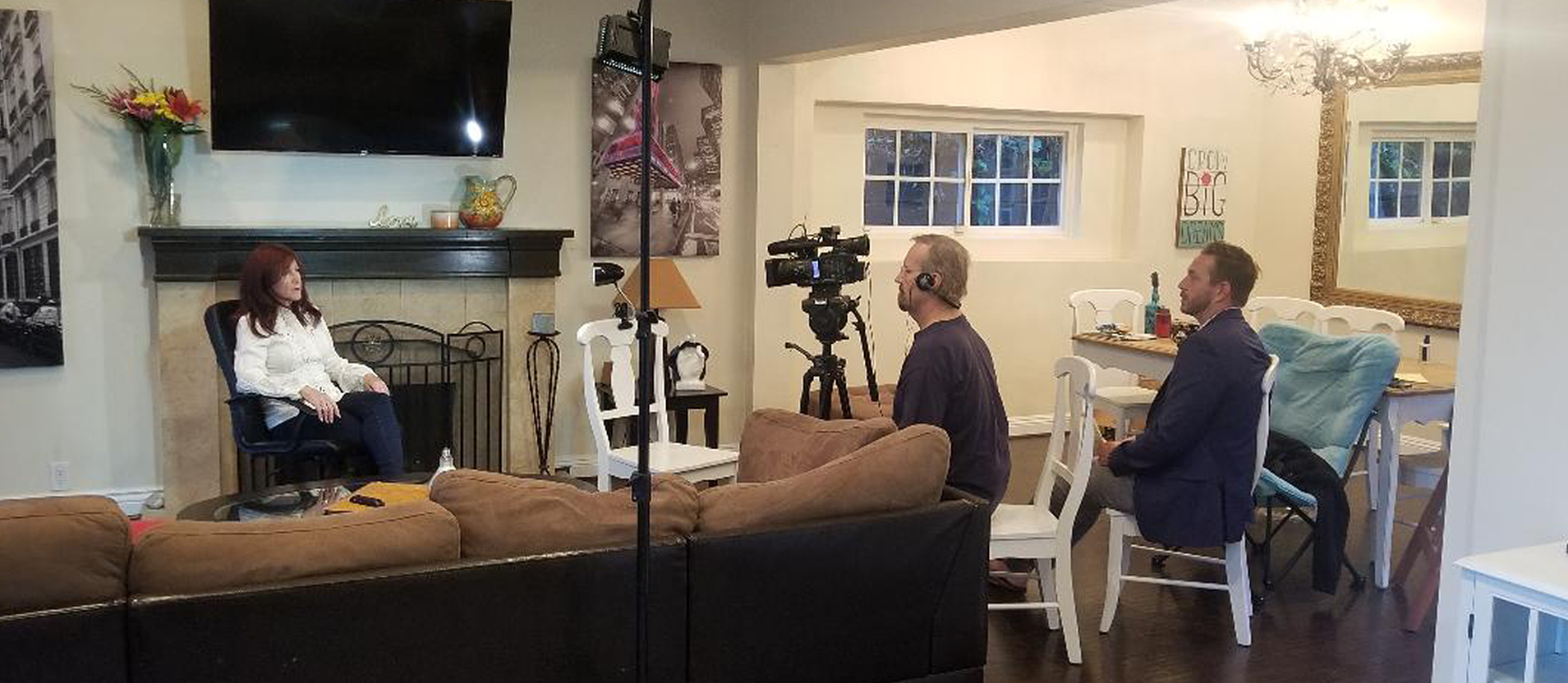Benefits of Structured Transitional Living
Structured transitional living, or sober living in a halfway house, can oftentimes be underestimated and stigmatized in early recovery. When it comes to maintaining long term sobriety, structured transitional living can be fundamental in contributing to you or your loved one’s success. Finding a positive and connected community, of other recovering addicts and alcoholics living together, is suggested as the first step after departing from treatment. The question is – How does structured transitional living actually benefit your recovery?
What is Structured Transitional Living?
Understanding what structured transitional living, or a halfway house, will be the first step in making the best decision to support your road to recovery. A halfway house was generally government sanctioned and meant to provide housing for individuals recently released from incarceration or for people who possess mental handicaps. Halfway houses provided a community setting in which the tenants could live together and be slowly integrated back into society.
In relation to recovery, halfway housing took on a new meaning. While maintaining the group-home style of living, structured transitional living is owned and operated by a treatment center or third-party as opposed to governmental organizations. In these specific types of communities, the tenants are recovering addicts and alcoholics living together in one home. Rules and structure are established to maintain safety and order within the home.
Universally, there is zero tolerance for drinking or substance abuse at any given time, and clients are regularly breathalyzed and drug tested to ensure total adherence to this standard. If this rule is not followed, clients should be discharged from the house and immediately evicted. ordered to leave. Other standard rules may consist of following a strict curfew, performing assigned chores, and actively participating in a program of recovery. The goal of structured transitional living is to teach recovering alcoholics and addicts how to be accountable and responsible for themselves with the primary purpose of gaining total independence and becoming a functioning member of society.
Benefits of Structured Transitional Living
It’s no secret that addicts and alcoholics typically resist change. Many newly recovering addicts/alcoholics have grown accustomed to their active addiction lifestyle and often find this structured environment to be a challenge. However, recovery is all about evolving individually and challenging the old ideas that lead to his/her destructive behaviors. It is by trusting the process and walking through the fear of structured transitional living that most addicts find the most personal growth and typically flourish in their sobriety.
Learning Accountability
The most obvious benefit of structured transitional living is learning accountability. The first step for a recovering addict and alcoholic is to acknowledge, take responsibility for his/her substance abuse issues. As mentioned before, most addicts/alcoholics come into recovery comfortable with their old, self-sabotaging habits and behaviors. However, these old ideas and behaviors also led to his/her demise. Structured transitional living implements a variety of rules intended to encourage responsible living. Although the rules may seem insignificant and tedious, it is by following the guidelines that the individual will find a sense of accountability. Something as simple as making it home on time for curfew or completing assigned chores will instill accountability – an attribute most addicts lost to their addiction. Accountability to rules, yourself, and others will ultimately cultivate success in every area of your life. After all, YOU are solely responsible for the life you are living.
Living in a Safe and Sober Environment
Another benefit of structured transitional living is the elimination of worldly distractions and the focus on recovery. Most halfway houses require daily 12-Step meeting attendance as a condition of living in the house. This strict regimen of recovery is the foundational difference between success in sobriety and relapse. At first, you may find daily meetings annoying and seemingly insignificant, but eventually, the routine will become vital and positive for your recovery. You may also be required to actively participate in working the steps. Living in a community where each individual is actively working on his/herself will encourage and even foster maintaining long-term sobriety.
Establishing Community and Fellowship
Almost every addict/alcoholic struggles with the need to feel a sense of belonging. The benefit of structured transitional living is the accessibility to other people with shared struggles and triumphs. You may find yourself surrounded by housemates you like and even some that you don’t but at the core, you will be able to relate to the pain and suffering you all endured during your addiction. This is a common bond that is only found within the recovery community. Learning to thrive and comingle within a diverse community, found in structured transitional living, is an invaluable life lesson. Practicing patience, love, and tolerance is a part of the code in being a successful human. Finding people to grow in recovery and celebrate your victories with will restore trust and teach you how to be a friend again.
At Sunshine Sober Living, let our house become your home. Freshly decorated, Sunshine Sober Living is family-owned and operated. We welcome men and women, ages 21 and up, with and without co-occurring conditions, who have a true commitment to sustaining long-term recovery from drug and/or alcohol abuse, and other addictions. This bright, beautiful home that has been completely renovated, radiates warmth and energy that fosters the healing process. Located just outside of Los Angeles, in the upscale residential neighborhood of Woodland Hills, our residents benefit from the beautiful Southern California climate, the Santa Monica Mountains, and the close proximity by foot to Ventura Boulevard and all its shops, restaurants, therapists, and 12-Step meetings.















